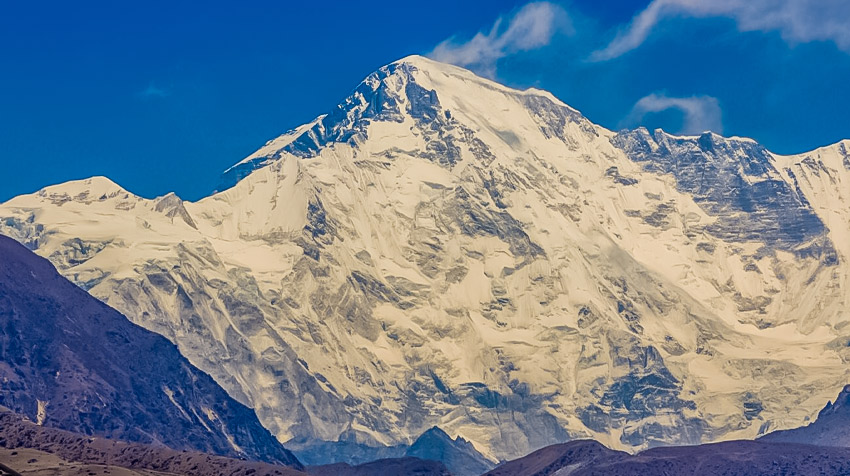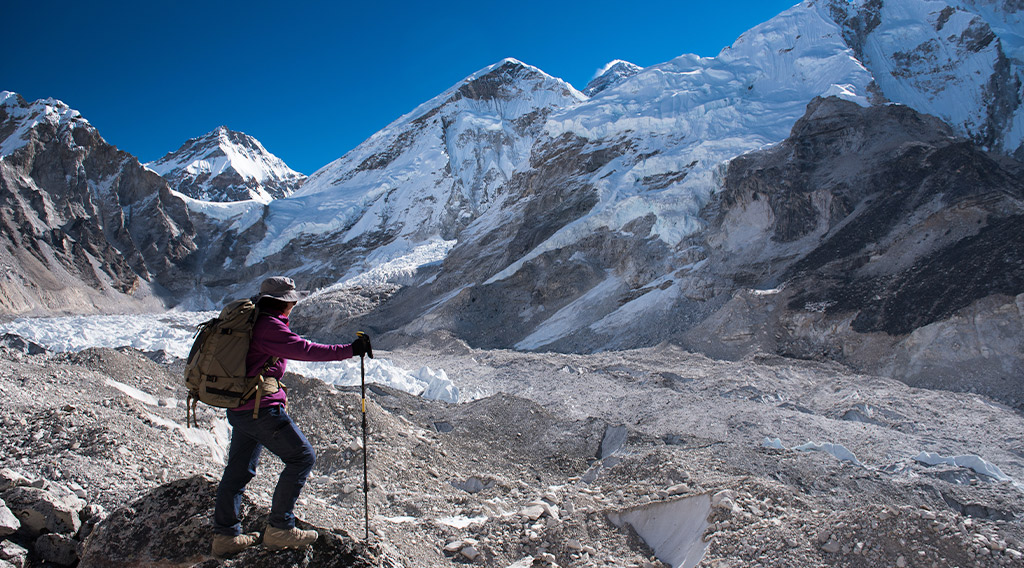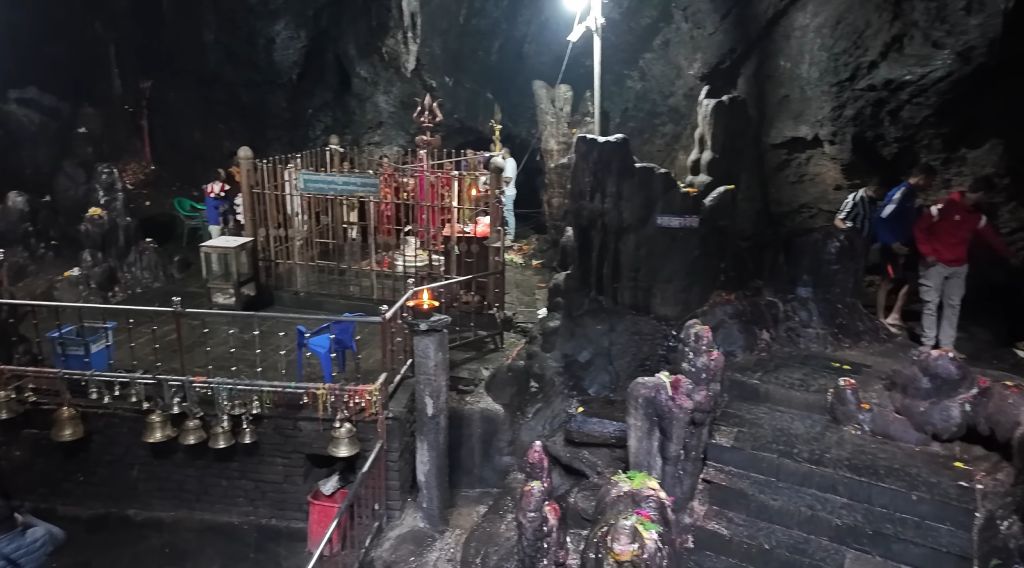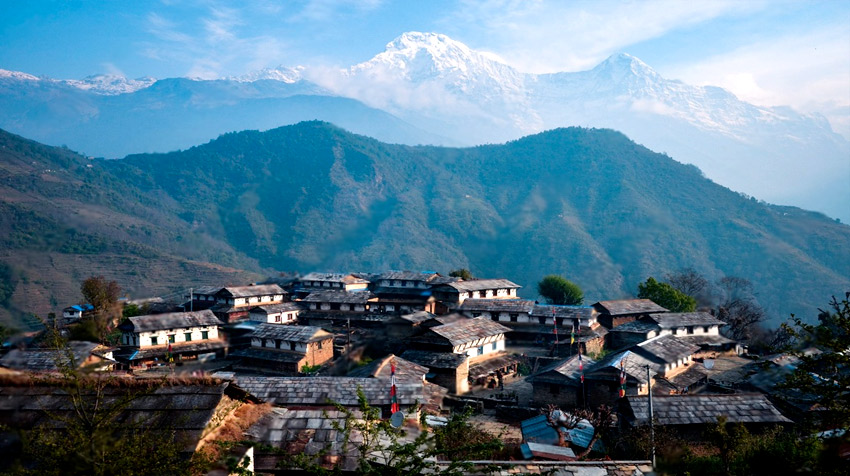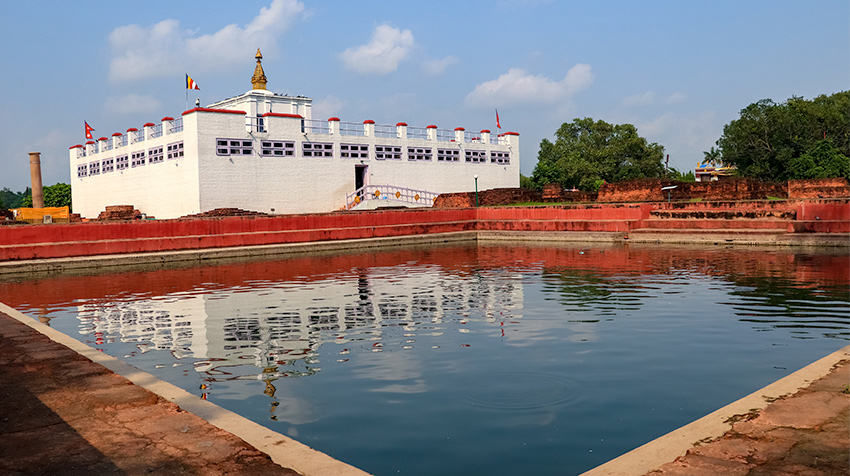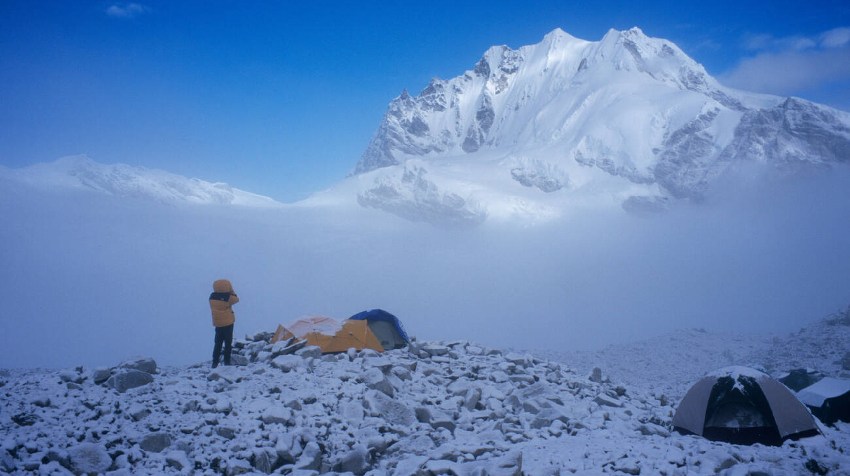What you need to know before Trekking the Annapurna Circuit in Nepal

Smack in the middle of Nepal, the Annapurna massif is an unforgettable wall of ice and rock. The mountain range contains seven peaks above 7,000 meters, the highest being Annapurna I, 8,051 meters high. Circling these impressive peaks are wild and sometimes daunting valleys around Pokhara. Trekkers have been making their way to this part of the country since 1977.
History repeated itself in 1950 when a French expedition, led by the climbers Louis Lachenal and Maurice Herzog, first reached the summit of Annapurna, a fantastic feat at that time! Since then, Annapurna has grown to be one of the most popular destinations for tourists and trekkers from all over the world. The different topography of the region provides a varied trekking experience, starting with lush green rice fields and culminating in surreal, lunar-like passes. Annapurna has several trekking routes, but other than the southern slopes, all require great physical and mental stamina. Annapurna invites the most adventurous!
Not for Casual Walkers
Hiking in the Annapurna region is only for some. While the main route is marked and features overnight lodges, plan to spend 14 to 16 days trekking, with about six hours of walking per day. The significant elevation changes and high altitudes of 5,400 meters at one point make this an extreme adventure.
Alternative trails, such as those in the Naar and Phu valleys or Tilicho, are even more challenging and should be reserved for experienced trekkers. Before starting your Annapurna Circuit trek, consider taking the services of specialized travel agencies to ensure safety. Compare offers and choose those agencies committed to responsible tourism. Mass tourism should maintain Annapurna's pristine beauty.
Best Time to Visit Nepal for the Annapurna Circuit Trek
Autumn is an ideal time to go Annapurna circuit trekking in Nepal. The recommended time is mid-October to mid-December; the weather is usually mild. Spring, which falls in March to late April, offers some suitable, more moderate temperatures, and the mountain landscapes are spectacular with snow-capped peaks.
Avoid the summer months on south-facing slopes due to the monsoon.
Be Equipped and Knowledgeable
If you are still up for a trek in the Himalayas, remember that an Annapurna trek takes extensive preparation to get ready. Fly to Kathmandu and begin by getting your tourist visa and trekking permit documents for this protected area: Trekkers' Information Management System (TIMS) and Annapurna Conservation Area Project (ACAP), respectively. Bring passport photos for these documents, and pack essential gear such as hiking boots, waterproof and breathable thermal layers, a down jacket, hat, gloves, a sleeping bag with a comfort rating of -10°C, and category four sunglasses. Do not forget to give particular attention to your first aid kit, which should at least include broad-spectrum antibiotics, pain relievers, antidiarrheals, bandages, and water purification tablets.
Although no vaccinations are required for travel to Nepal, a number are recommended, including typhoid, hepatitis A and B, and the DT Polio vaccine. Medications for altitude sickness should be taken, which can start at altitudes above 3,000 meters if acclimatization is not achieved. This is quite risky for trekkers at high altitudes.


